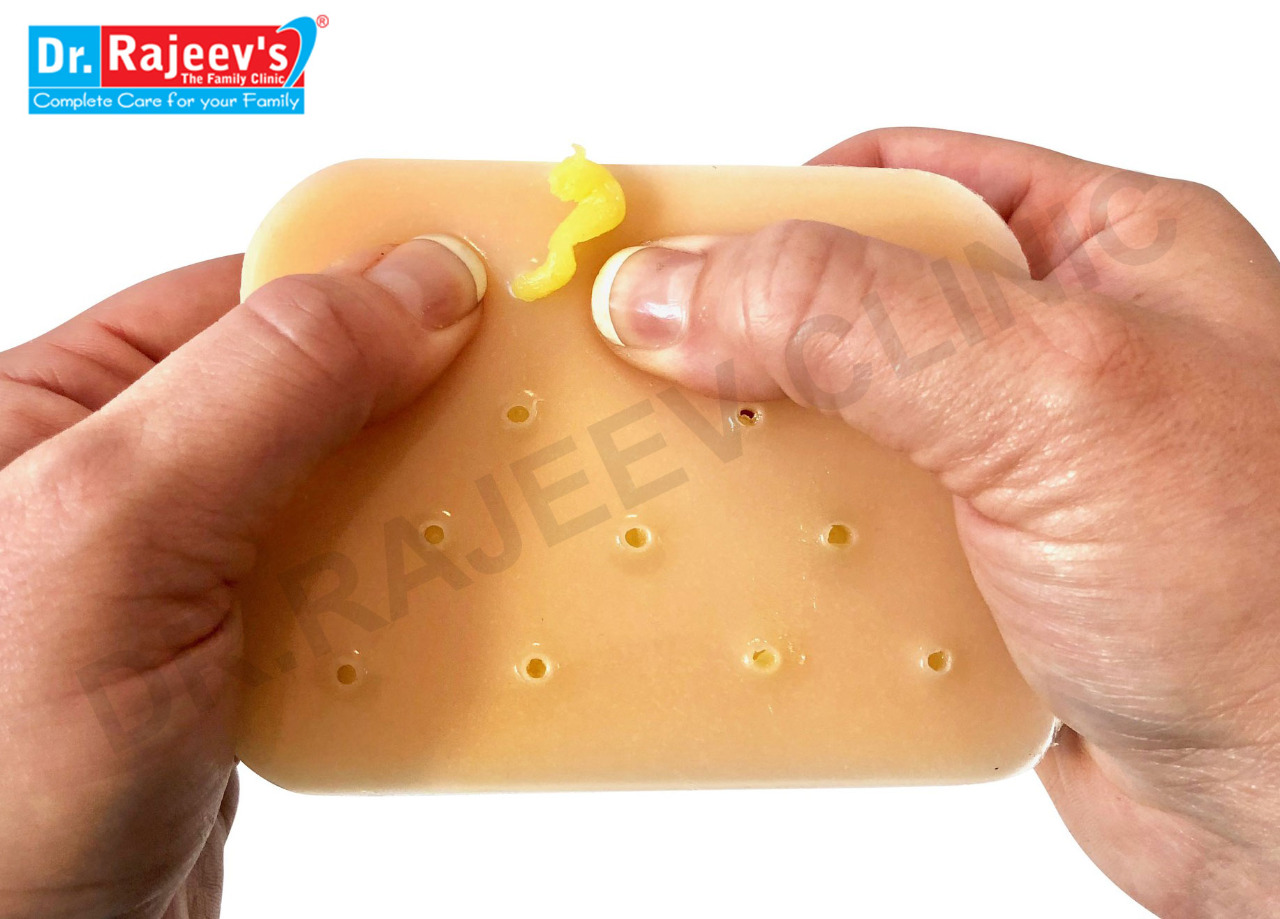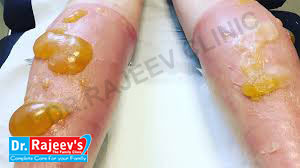Pus is a thick fluid containing dead tissue, cells, and bacteria. Your body often produces it when it’s fighting off an infection, especially infections caused by bacteria.
Depending on the location and type of infection, pus can be many colors, including white, yellow, green, and brown. While it sometimes has a foul smell, it can also be odorless.
Keep reading to learn more about what causes pus and when you should call your doctor.
CAUSES OF PUS
Pus-causing infections can happen when bacteria or fungi enter in body through:
- broken skin
- inhaled droplets from a cough or sneeze
- poor hygiene
When the body detects an infection, it sends neutrophils, a type of white blood cell, to destroy the fungi or bacteria. During this process, some of the neutrophils and tissue surrounding the infected area will die. Pus is an accumulation of this dead material.
Many types of infection can cause pus. Infections involving the bacteria Staphylococcus aureus or Streptococcus pyogenes are especially prone to pus. Both of these bacteria release toxins that damage tissue, creating pus.
LOCATION
Pus generally forms in an abscess. This is a cavity or space created by the breakdown of tissue. Abscesses can form on skin’s surface or inside the body. However, some parts of your body are exposed to more bacteria. This makes them more vulnerable to infection.
These areas include:
- The urinary tract. Most Urinary Tract Infections (UTIs) are caused by Escherichia coli, a type of bacteria that’s found in colon.
- The mouth. Your mouth is warm and moist, making it the perfect environment for bacterial growth. Bacterial infections in mouth can also cause pus to collect on tonsils. This causes tonsillitis.
- The skin. Skin abscesses often form due to a boil, or an infected hair follicle. Severe acne — which is a buildup of dead skin, dried oil, and bacteria — can also result in pus-filled abscesses. Open wounds are also vulnerable to pus-producing infections.
- The eyes. Pus often accompanies eye infections, such as pink eye. Other eye issues, such as a blocked tear duct or embedded dirt or grit, can also produce pus in eye.
SYMPTOMS OF PUS
if there is any infection that’s causing pus, that's probably also have some other symptoms. If the infection is on the surface of skin, then might notice warm, red skin around the abscess, in addition to streaks of red surrounding the abscess. The area might also be painful and  swollen.
swollen.
Internal abscesses usually don’t have many visible symptoms, These can include:
- fever
- chills
- fatigue
These flu-like symptoms can also accompany a more severe skin infection.
PUS AFTER SURGERY
Any cuts or incisions made during surgery can develop a type of infection called a surgical site infection.
While surgical site infection can affect anyone who’s had surgery, there are certain things that can increase your risk. risk factors include:
- Having Diabetes
- Smoking
- Obesity
- Surgical procedures that last for more than two hours
- Weak immune system
There are several ways that surgical site infection can develop. For example, bacteria
Depending on their location, there are three main categories of surgical site infection
- Superficial. This refers to surgical site infection that only occur on skin’s surface.
- Deep incisional. This type of surgical site infection occurs in the tissue or muscle surrounding the incision site.
- Organ space. These occur within the organ being operated on or in the space surrounding it.
- Keep cuts and wounds clean and dry.
- Don’t share razors.
- Don’t pick at pimples or scabs.
If already have an abscess, here’s how to avoid spreading infection:
- Don’t share towels or bedding.
- Wash hands after touching abscess.
- Avoiding communal swimming pools.
- Avoid shared gym equipment that would come in contact with abscess
HOMEOPATHIC TREATMENT OF PUS
Hepar sulphur: It is a frequently used remedy for painful abscesses with pus. It is indicated for anal abscess with throbbing or splinter-like pains. The parts are very sensitive to slightest touch.
Silicea: It is indicated for suppurative conditions such as abscesses which are slow to heal. Thin, watery and offensive pus discharge. It is useful in cases of anal abscess and fistula with offensive discharges.
Mercurius: It is very useful when the pus has formed in the abscess. Greenish discharges which are thin and watery in nature. Intense pain with redness. It is very effective in cases of dental abscess and quinsy.
Myristica: It is used to treat anal abscess and anal fistula and it hasten the suppurative process. It helps to promote healing and speeds up the recovery.
Calcarea Sulph: It is indicated in recurrent abscesses where there is thick, lumpy and yellow pus discharge. The discharge may be tinged with blood.






